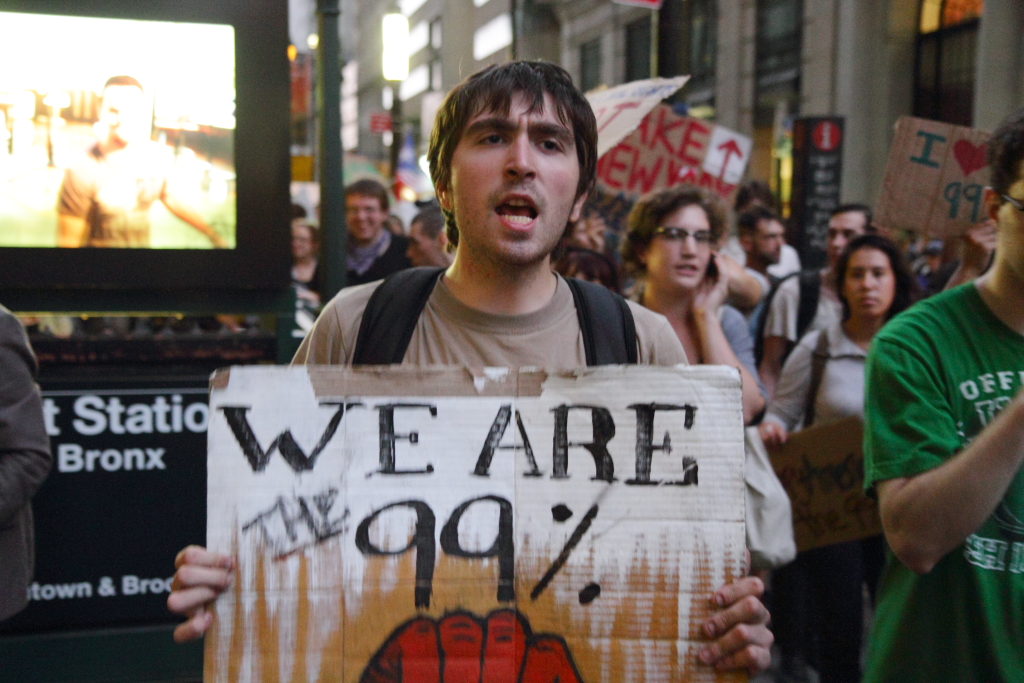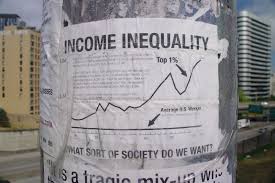
By: Darren DiMarco | Web Designer
January 31, 2018
As 2017 came to a close, we were able to look back at the good and the bad. 2017 proved to have a decreased unemployment rate in the U.S. (dropping from 2016’s 4.86 to 4.35 according to the Bureau of Labor Statistics), a 3% increase in the global economy (according to the United Nations), and increased fervor in the movement for women’s rights in the U.S. with the Women’s March in January, as well as in several Middle-Eastern countries such as Saudi Arabia where women gained the right to drive.
With all the good that came with 2017, however, there was a lot of bad. One of the biggest factors which sets 2017 apart is the heavy global inequality of wealth. A new report by Oxfam published in January of this year found that around 82% of the total wealth created in 2017 went to just 1% of the population. “Since 2015, the richest 1% has owned more wealth than the rest of the planet,” details the report. Thomas Piketty, a researcher and economist, found that in the U.S., “over the last 30 years the growth in the incomes of the bottom 50% has been zero, whereas incomes of the top 1% have grown 300%.”
“I think its pretty scary,” responded Oscar de Jesus, San Clemente High School senior, when shown these statistics. “If just 1% has the most wealth we need to change that.”

This vast difference in wealth and income is derived from poor economic policies and the false assumptions backing them, as well as an unwillingness, or even inability, to change them. The idea of trickle-down economics assumes that by giving more money and tax breaks to the rich, that money will eventually “trickle-down” to the rest of the population or will prompt heads of companies to give back to their workers in the form of more benefits and higher salaries. What this policy doesn’t take into account is the greed of humans and the fact that the rich don’t have much to spend their money on to stimulate their economy. A rich family of five worth one-billion dollars still only needs the amenities of an average middle class family. Though they might spend more on the same general items, their spending is not nearly close to the amount which a few middle-class families would spend who, combined, would be valued at a lot less.
Instead of propping up the rich as many conservatives would, or only aiding the poor as liberals argue, economist Robert Reich suggests that to fix the gap in wealth and income, we should focus on developing the middle-class, the main spenders and contributors to the economy.
“That sounds like a good idea,” says Edwin Merlo, senior, after I told him about Reich’s suggestion. “Just giving money to the poor or purely supporting the rich both don’t seem very ideal, so this sounds like a good alternative.”
Though it’s hard to imagine that the income gap will close anytime soon, we should strive for small steps and changes so that fair conditions can be established for all.

Leave a Reply